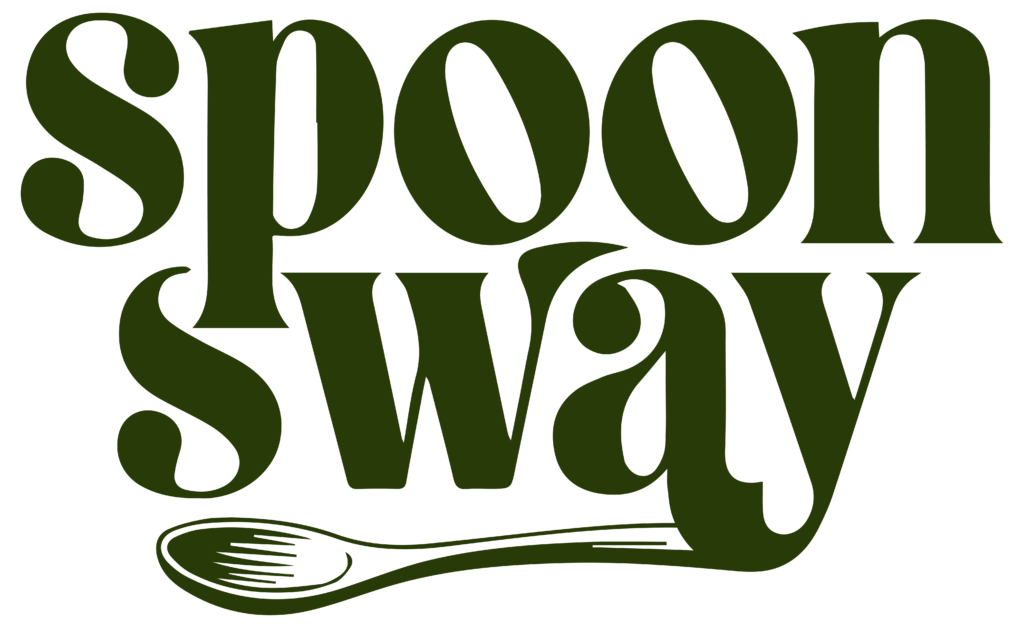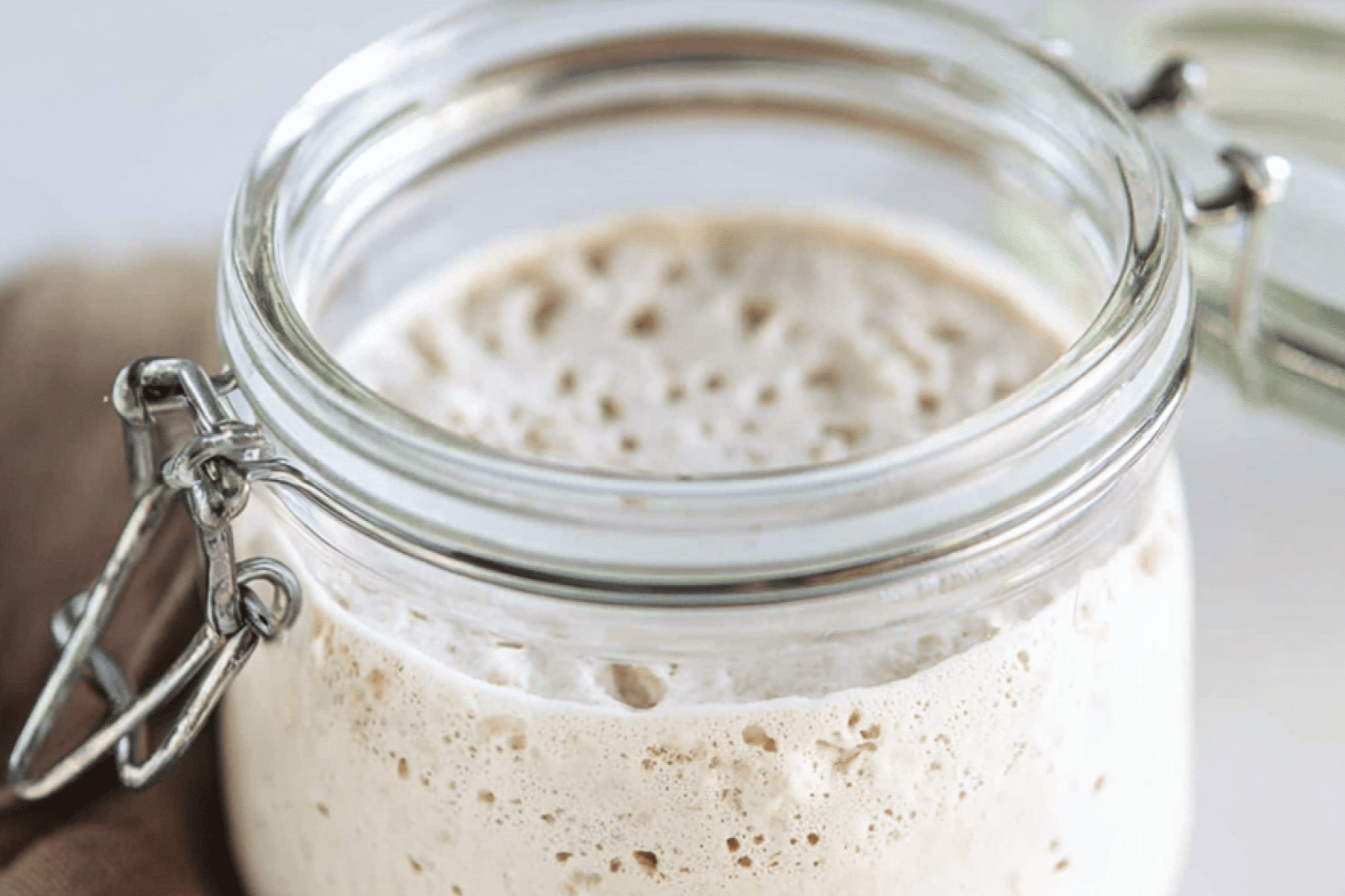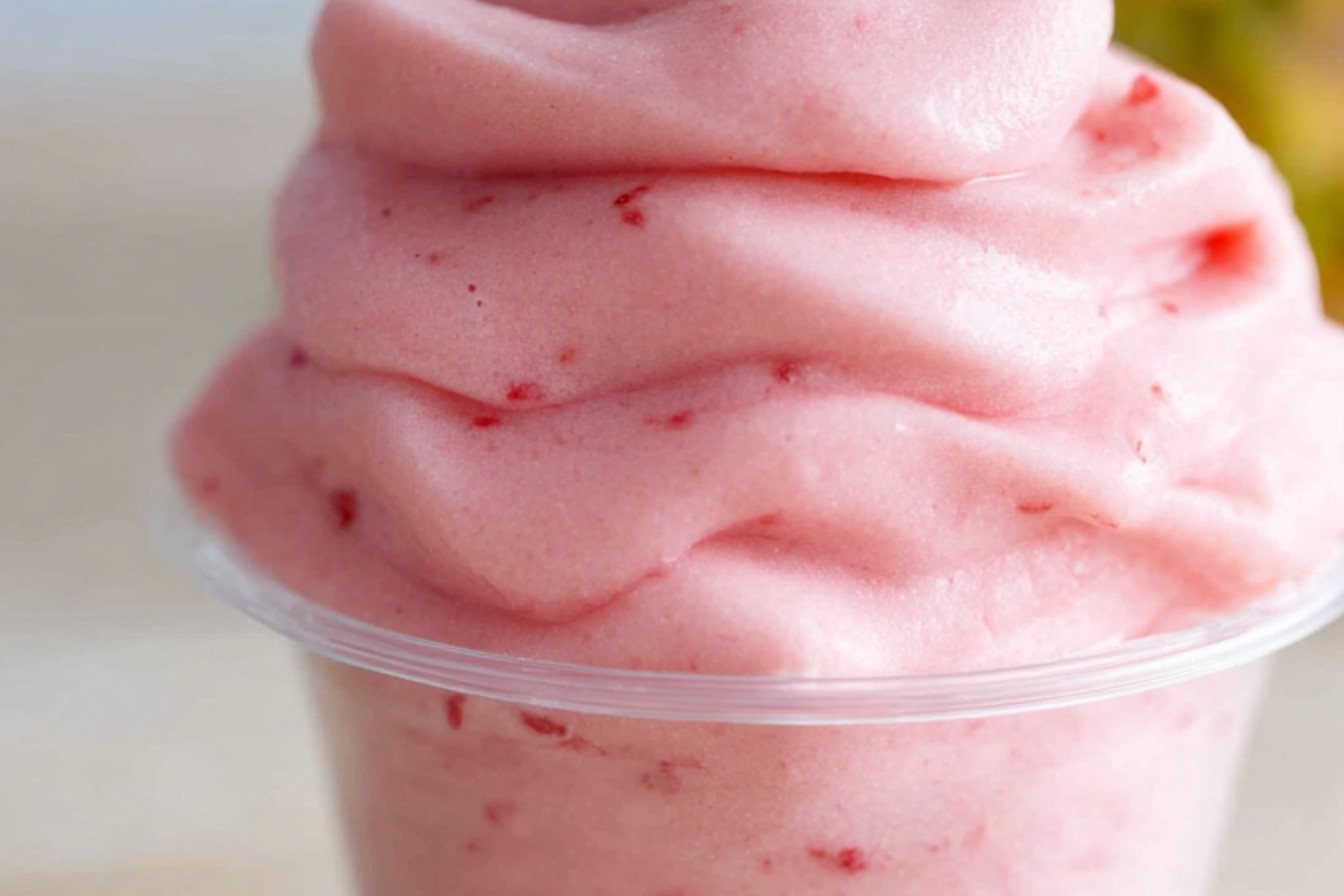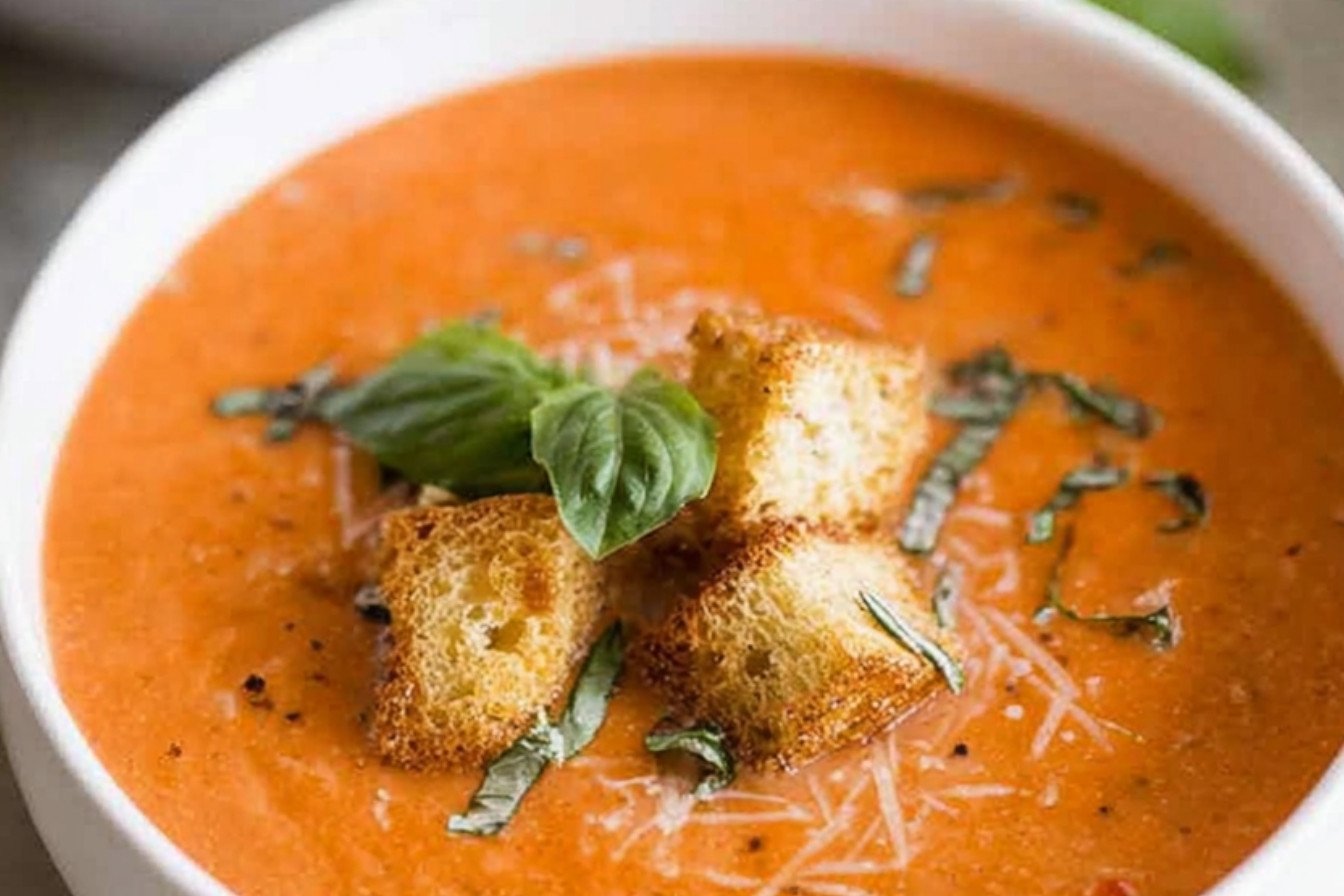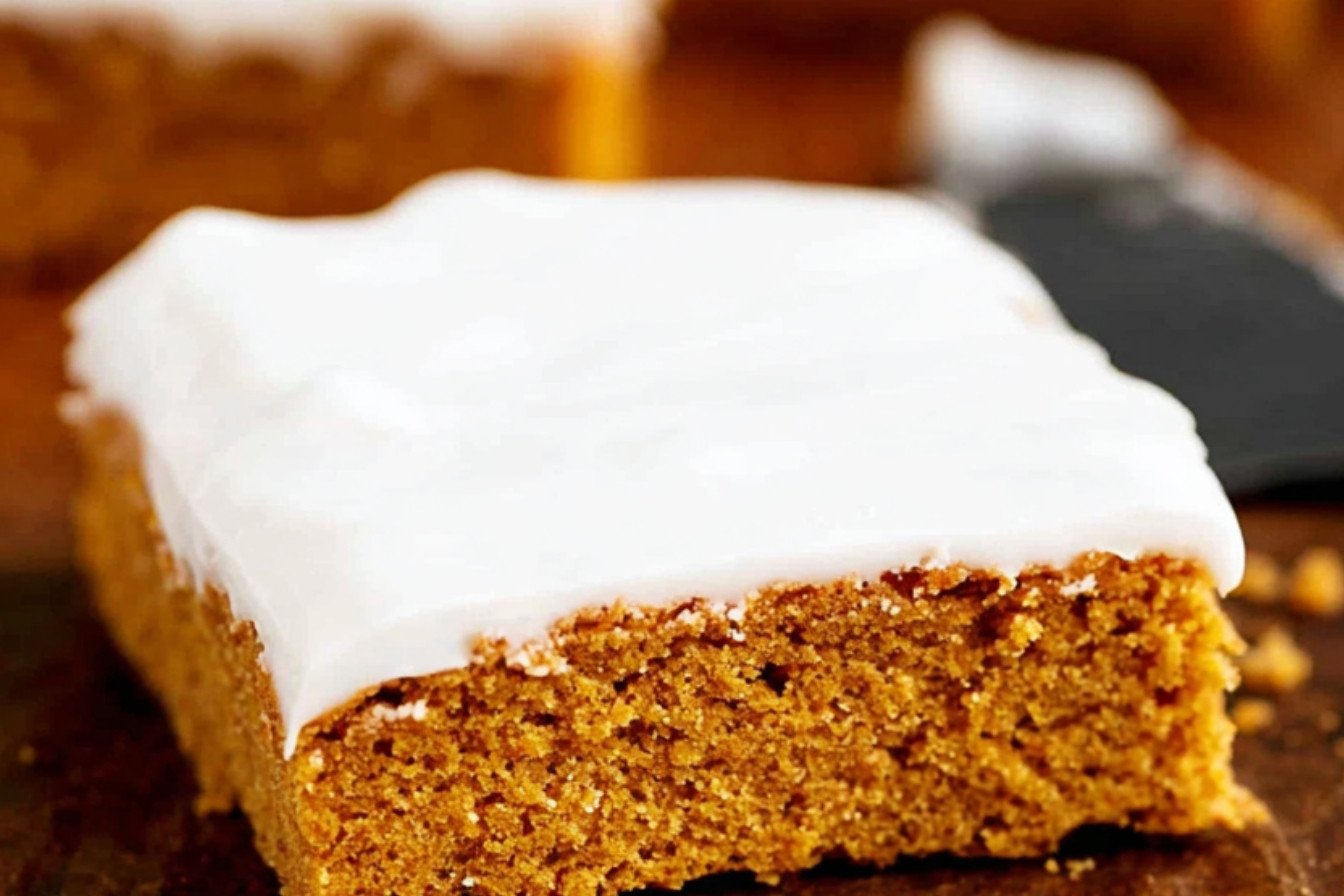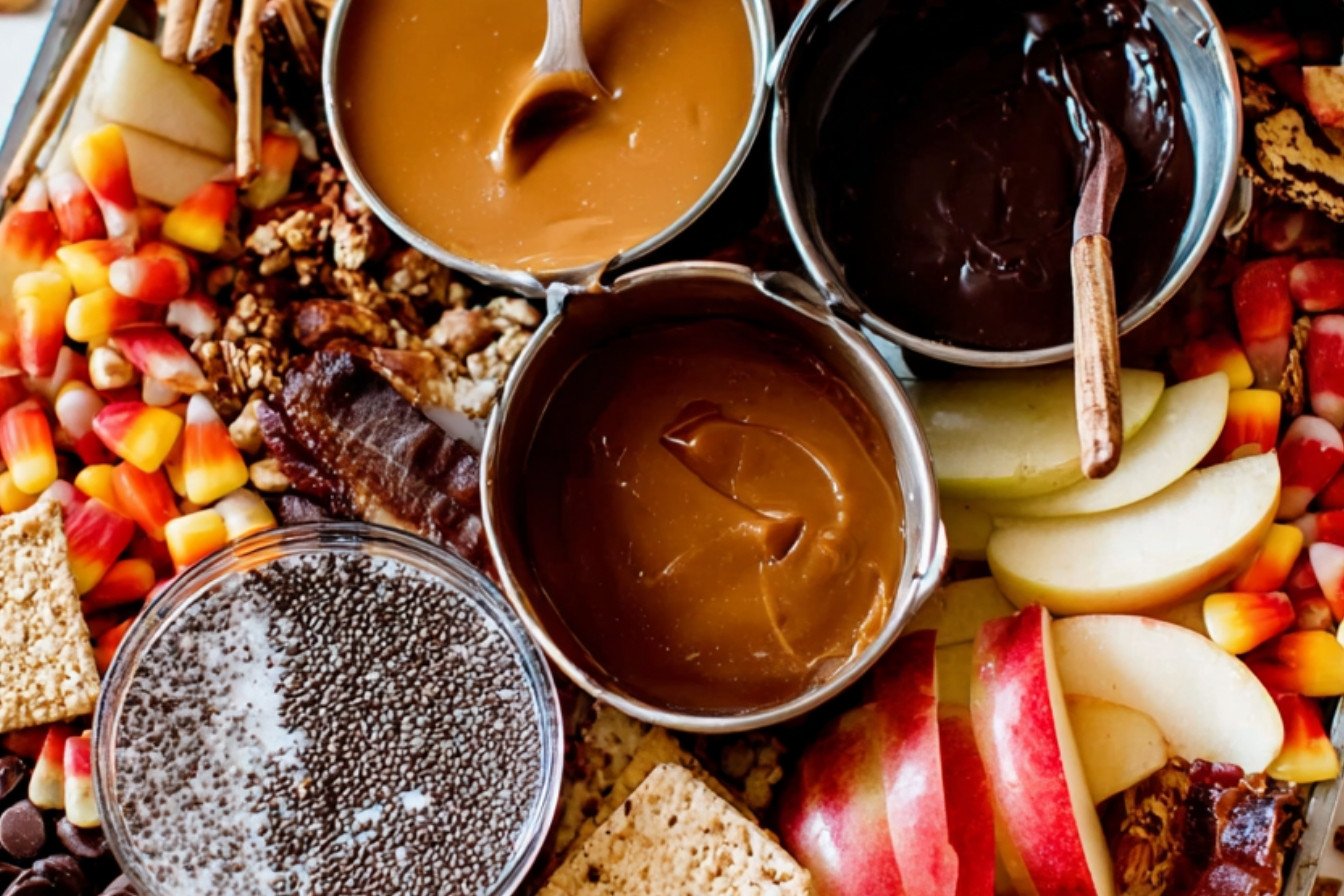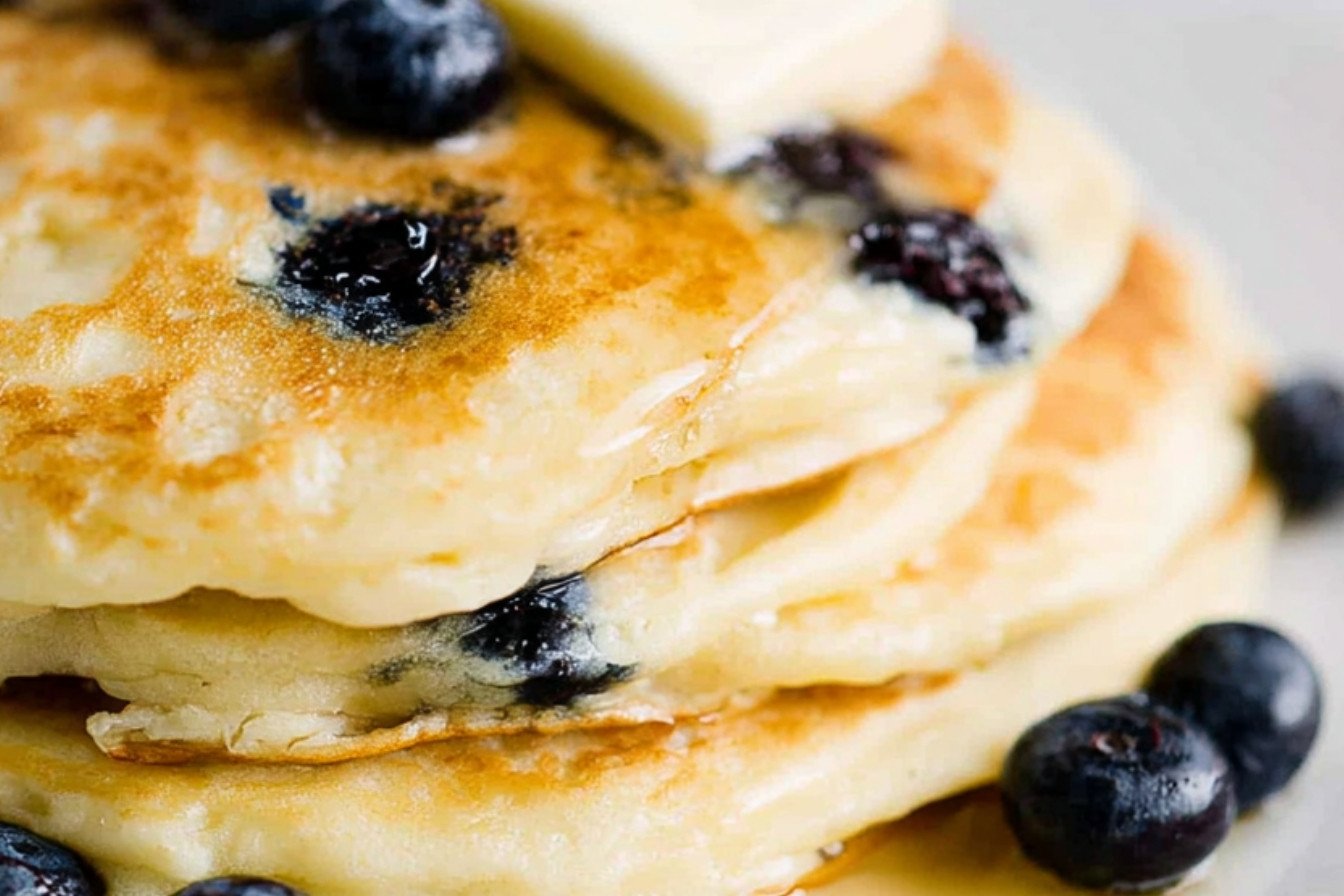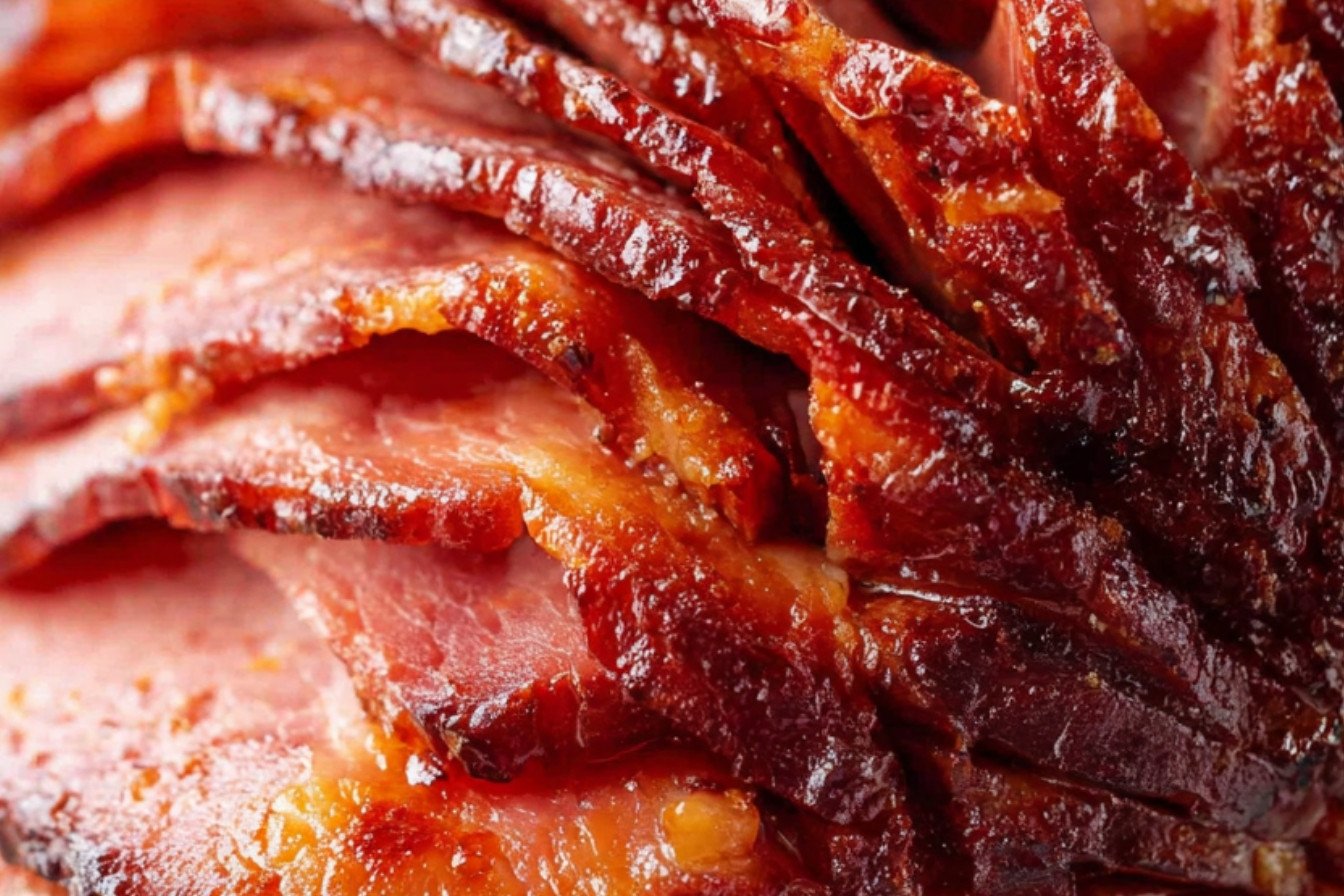The Joy of a Bubbling Jar
The first time I made sourdough starter, I was hooked. The tangy smell, the tiny bubbles popping like laughter—it felt alive. Ever wondered how flour and water could turn into something so magical? That jar became my daily ritual, a quiet moment of care. Now, I love sharing this simple joy with beginners.My Starter’s Surprise Party
My first starter almost quit on day three—no bubbles, just a sad paste. I panicked but kept feeding it. By day five, it exploded like a science project! That’s the thing about cooking: patience rewards you. Home baking isn’t just food; it’s trust in slow, sweet progress. Share your starter fails—did yours ever play hard to get?Why Sourdough Tastes Like Home
– The rye flour adds a deep, nutty kick—like a cozy blanket for your taste buds. – Bubbles from natural yeast make each bite light yet chewy, with a crisp crust. Which flavor combo surprises you most—earthy rye or fluffy all-purpose? Try both and taste the difference.From Ancient Pots to Your Counter
Sourdough dates back 5,000 years—Egyptians used wild yeast to bake bread. *Did you know gold miners carried starters in their pockets during the 1849 rush?* Today, it’s a global kitchen staple. Whether you’re in Paris or Peoria, that jar connects you to history. What’s your favorite bread memory?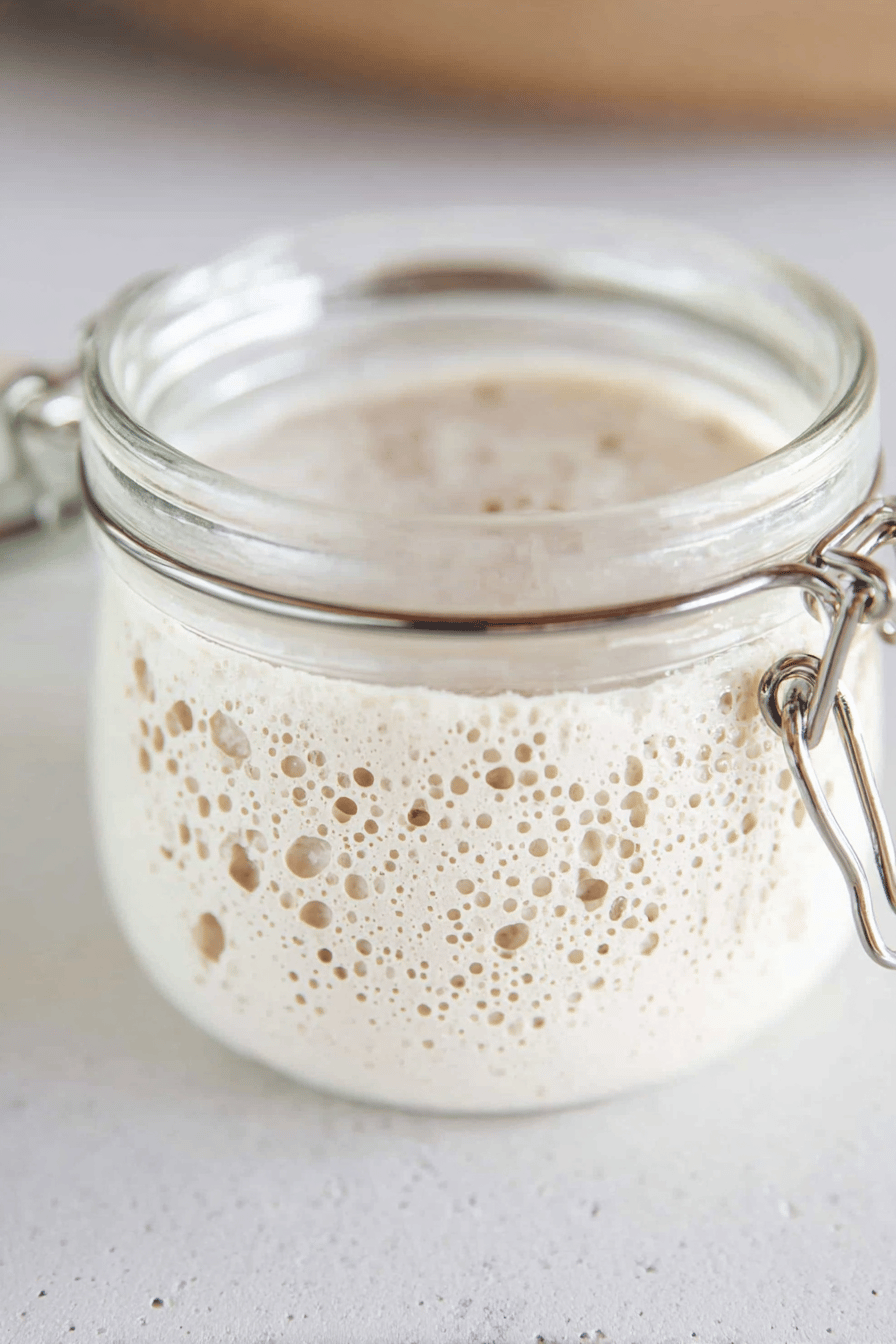
Ingredients:
| Ingredient | Amount | Note |
|---|---|---|
| Rye flour, whole wheat or pumpernickel | ½ cup (55 g) | |
| Filtered room temperature water | ¼ cup (50 g) | |
| All-purpose unbleached flour, or bread flour | ½ cup (60 g) | |
| Filtered room temperature water | ¼ cup (50 g) |
How to Make Your First Sourdough Starter
Step 1 Pick a feed time that fits your day. Stick to it for best results. Mix rye flour and water in a jar. Cover loosely and keep warm. (Hard-learned tip: Use a rubber band to track growth.)
Step 2 Day two to five, remove half the starter. Add flour and water daily. Bubbles mean it’s working. No bubbles? Check the temperature.
Step 3 Day six, move 100 grams to a new jar. Feed with more flour and water. Mark the jar to see if it doubles.
Step 4 Day seven, your starter should be bubbly and active. If not, try adding rye flour. Feed it before baking.
Step 5 Always save 1/4 cup starter for next time. Store it in the fridge or on the counter. What’s the best flour for a strong starter? Share below! Cook Time: null Total Time: 7 days Yield: sourdough starter Category: Baking, Bread
Fun Twists on Your Sourdough Starter
Spicy Add a pinch of chili flakes to the flour mix. Gives bread a kick.
Honey Stir in a teaspoon of honey. Sweetens the starter slightly.
Herb Mix in dried rosemary or thyme. Perfect for savory loaves. Which twist would you try first? Vote in the comments!
Serving Your Sourdough Creations
Toast slices with butter and jam. Pair with a hot cup of tea. Or try avocado and sea salt for a fresh twist. For drinks, match sourdough with cold milk or a crisp white wine. Both balance the tangy flavor. Which would you choose tonight?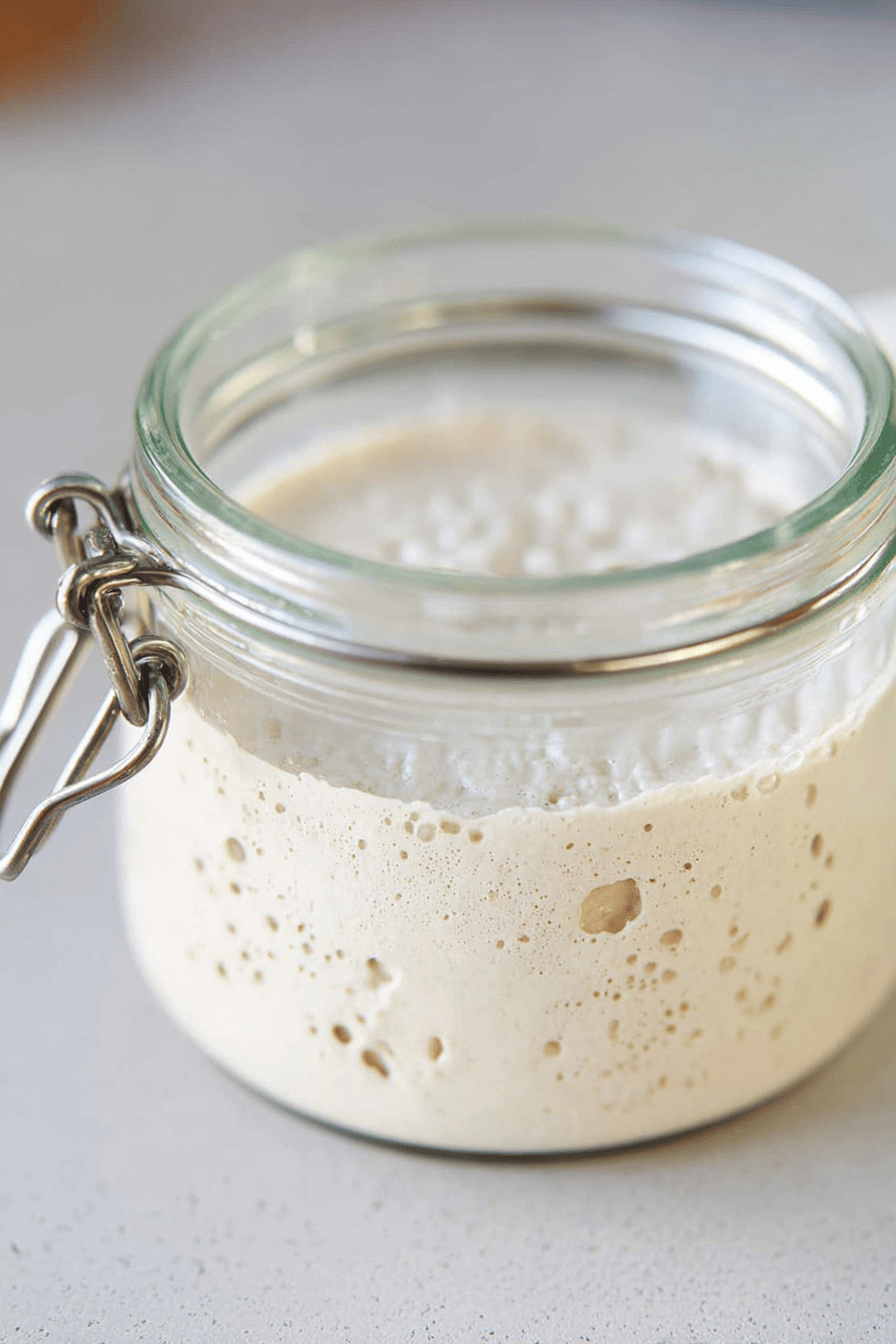
Keeping Your Sourdough Starter Happy
Store your starter in the fridge if you bake weekly. Feed it every 7-10 days to keep it alive. For longer breaks, freeze a small portion in a sealed jar. Thaw at room temp and feed for 2 days before using. *Fun fact: My neighbor forgot hers for a month—it bounced back with extra love!* Batch-cook by doubling the recipe for backup starter. Why this matters: A healthy starter means better bread. Ever tried freezing yours? Share your tips below!Troubleshooting Your Sourdough Starter
Issue 1: No bubbles after Day 3? Your kitchen might be too cold. Move it near a warm appliance. Issue 2: Smells like vinegar? It’s hungry—feed it sooner. Issue 3: Hooch (gray liquid) on top? Pour it off or stir it in. Why this matters: Fixes save time and stress. My first starter smelled like gym socks—turns out, that’s normal! What’s your weirdest starter story?Sourdough Starter Q&A
Q: Can I make this gluten-free?
A: Yes! Use gluten-free flour blends, but expect slower growth.
Q: How far ahead can I prep?
A: Feed it weekly or freeze for months.
Q: Can I swap tap water?
A: Filtered is best—chlorine can harm yeast.
Q: What if I want a bigger batch?
A: Double the amounts, but keep the same ratios.
Q: Why rye flour first?
A: It kickstarts yeast faster than white flour.
Let’s Bake Together!
I’d love to see your sourdough creations! Tag @SpoonSway on Pinterest with your bubbly starters or fresh loaves. Got a question? Drop it below—I read every comment. Happy cooking! —Sarah Cooper.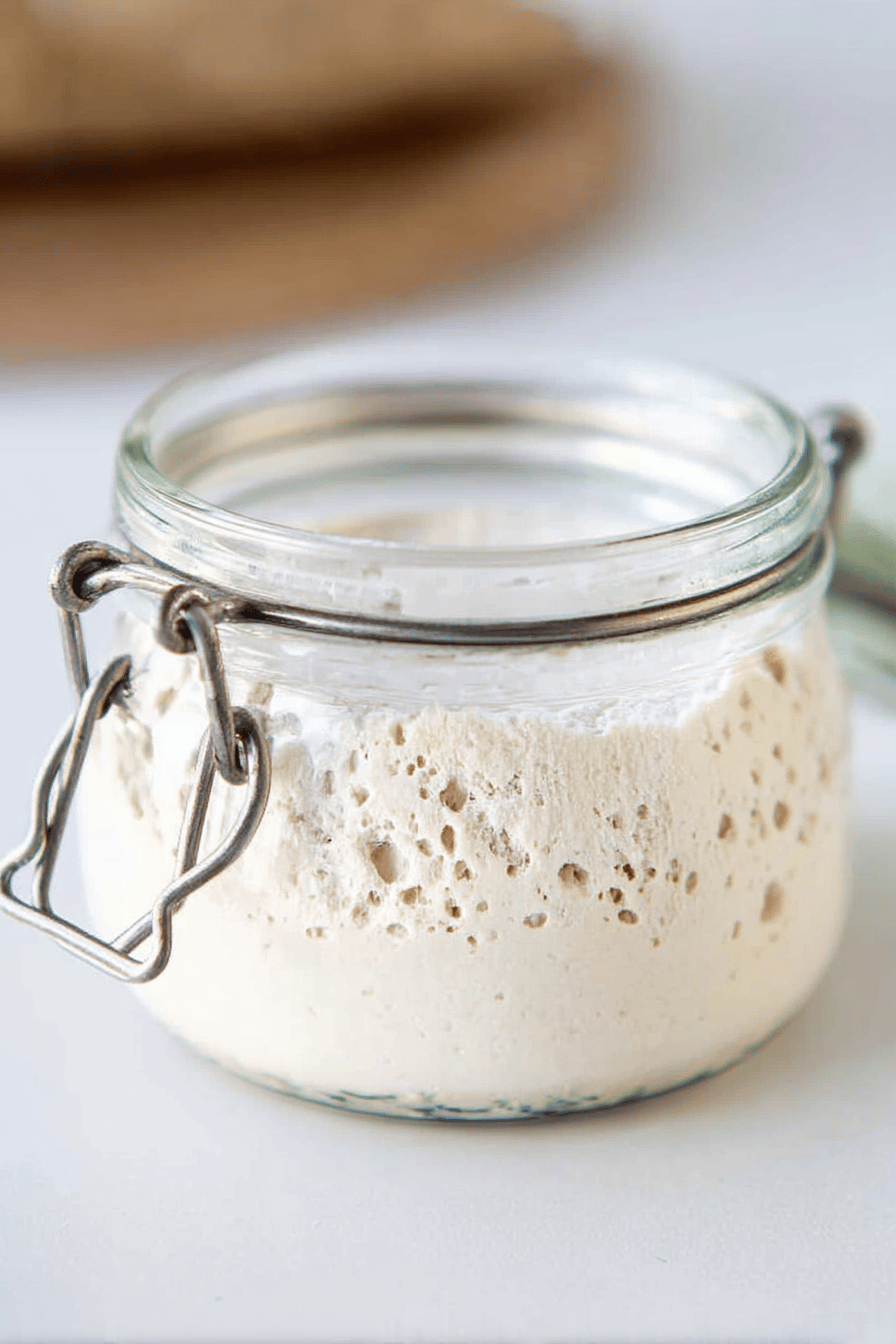

Easy Sourdough Starter Recipe for Beginners
Description
A simple and easy sourdough starter recipe for beginners, perfect for baking homemade bread.
Ingredients
Instructions
- Establish a feed time: Before you begin this process, establish the time you will feed your starter every day that works well with your schedule (you will feed about every 24 hours).
- Day one: Add 1/2 cup (60 g) rye flour (or whole wheat) and 1/4 cup (50g) water to a glass jar. Stir until combined. Cover loosely with a lid and keep in a warm spot (ideally 75-80°F) for 24 hours.
- Day 2, 3, 4, 5: Remove half of your starter from the jar. Add 1/2 cup (60 g) of all purpose flour and 1/4 cup (50 g) water. Mix well and cover. Each day the yeast will continue to grow and more bubbles should appear.
- Day six: Place 100 grams of your starter in a new jar. Then add about 2/3 cup (100 g) of all purpose flour and 1/3 cup (75 g) water to feed your starter. Mix well and cover. Place a rubber band or piece of tape on the jar to measure the growth. Today it should double in size.
- Day seven: Today your starter should be nice and active. If it isn’t, you can give it one more day and add in half rye flour. About four hours before you’d like to begin baking give it one last feed. Once it has doubled in size and is very bubbly you can use this starter to bake with.
- Make sure to leave 1/4 cup starter in the jar and feed again so you’ll always have starter.
- Store: Feed your starter and you can leave it on the counter if you plan to use again the next day or you can store it in the refrigerator until you’re ready to activate it again.
Notes
- For best results, maintain a consistent feeding schedule and keep the starter in a warm environment.
Sourdough, Starter, Bread, Baking, Beginner
